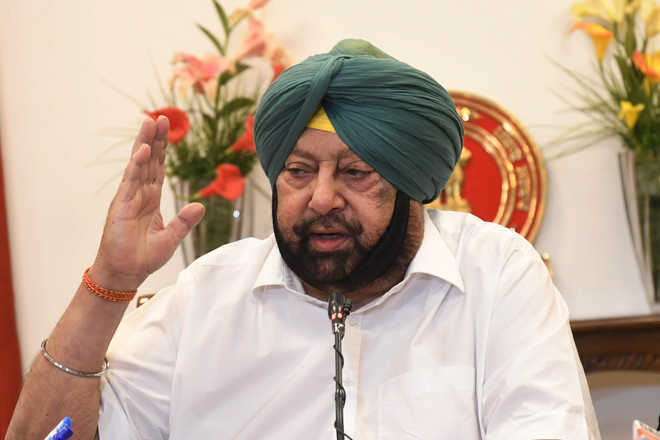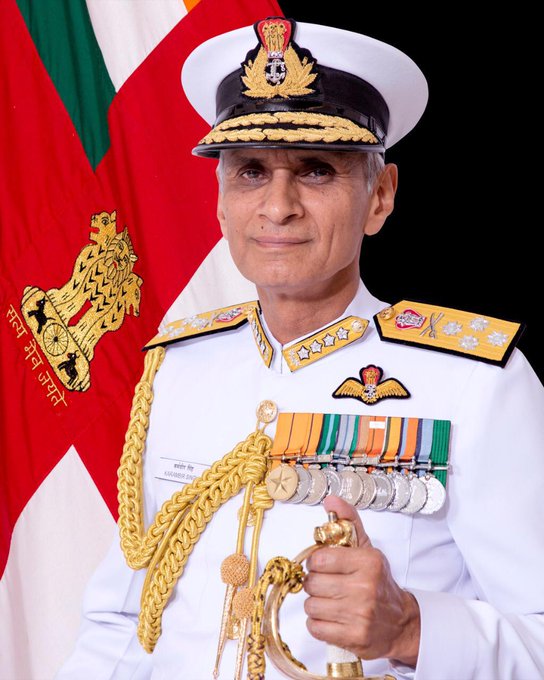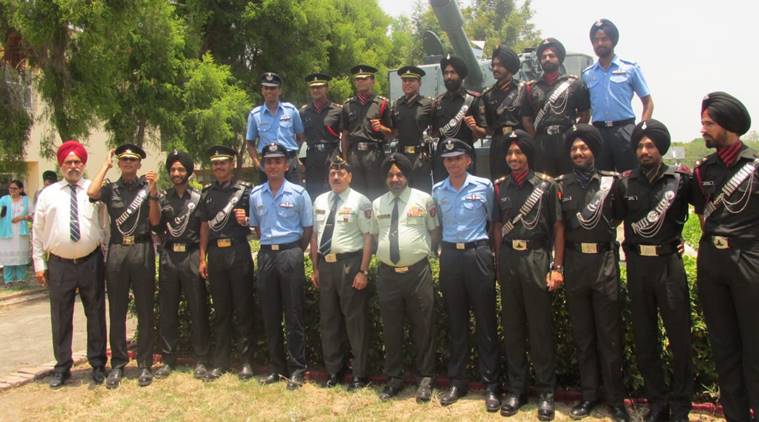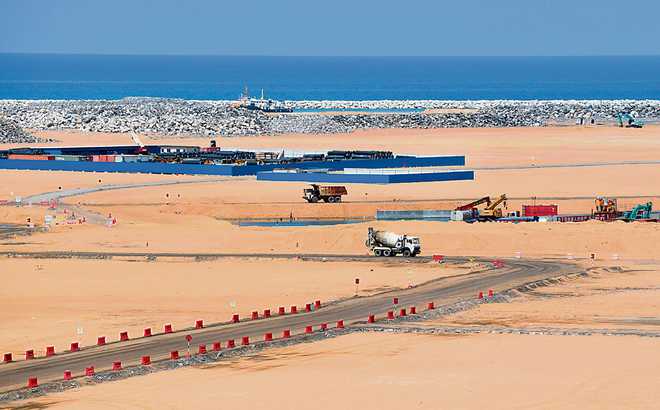
A nation that does not respect its soldiers and veterans is doomed to fail. Veterans across the nation are shell-shocked by the attitude and arrogance of Comptroller General of Defence Accounts (CGDA). CGDA is responsible for financial advice, payment, accounting and internal audit in respect of Expenditure and Receipts of the Defence Services and other Defence related organisations. In other words he is just a government servant and required to implement the instructions given by the government and ensure judicious use of funds allotted by the government. CGDA is not the government and does not have the mandate to alter or comment on the decisions of the Cabinet.
The veteran community that includes not only the retired soldiers, Junior Commissioned Officers (JCOs) and Commissioned officers of all the three services but also the family pensioners (widows) and the martyrs ’wives (Veer Naris) heaved a sigh of relief when the Bharatiya Janata Party Government under the premiership of Narendra Bhai Modi conceded to their four decade old demand and announced its decision in 2015 to grant One Rank One Pension (OROP) to be effective from 01 July 2014. The announcement followed a cabinet decision which was promulgated vide Govt of India Letter No. 12(1)/2014/D (Pen/Policy)-Part II dated 07-11-2015. Majority of the veteran community was happy though a section of the veterans who felt that the government has changed the definition of OROP as approved by the Parliament expressed their resentment. They termed it as “Langdi OROP” (Lame OROP) and staged hunger strike at Jantar Mantar. There is no doubt that there were many anomalies in the implementation of the OROP, mainly because the whole exercise was carried out by the Babus and the representatives of the three services were not associated with them. The government did realise the mistake and appointed One Man Committee headed by Justice Reddy (OMJC) to address the issue of anomalies. Though, Justice Reddy did submit his report, it till date continues to gather dust in the corridors of power due to the lethargy of Babudom. The confrontationist approach adopted by a section of the veterans at the behest of Congress which did not want the BJP to take credit for sanctioning OROP did not go well with the government. Resultantly, OROP till date remains a contentious issue.
Notwithstanding, the contentious issues, the GOI letter quoted earlier stated unambiguously, “In future the pension would be re-fixed every 5 years.” Majority of the veterans who were satisfied with whatever was sanctioned by the government reposed their faith in the leadership of Modi ji and voted overwhelmingly for his return as the nation’s Prime Minister. With the thumping majority with which Modi ji won, veterans were hoping that the new government will not only resolve the anomalies but will also address the contentious issues related to OROP. Various veteran associations kept reminding the Department of Ex-servicemen Welfare (DESW), the government’s face that deals with the veterans that re-fixation was due in July this year which was also acknowledged by the Department in February itself. Accordingly, DESW instructed the CGDA in November last year to finalise the tables for payment so that the payments can be made on the due date to the Veterans. Surprisingly, the CGDA rather than acting on the directive of the government, in a most arrogant and irresponsible manner, shot back a missive to DESW raising number of queries by bringing in extraneous issues like the 7th CPC, One Man Justice Reddy Commission and the Supreme Court. The action of the CGDA smacked of a conspiracy to divide a wedge and create distrust between the government and the veterans. OROP being a settled issue was announced by the government and CGDA was simply required to re-fix the pension to equalise it with the pensioners of 2018. However, he chose to challenge the very concept or requirement of OROP thus challenging the combined wisdom of the Union Cabinet.
The CGDA letter gives an impression that the organisation is unaware of the basics of OROP and they are now being tasked to do something about which they know nothing. Hence a long list of eight clarifications on the implementation of OROP-2018 (equalisation as due on 01 July 2019). The list of clarifications smacks of a conspiracy of not implementing OROP-2018 with a view to adversely influence the mind of newly appointed Raksha Mantri. Interestingly, the same organisation of CGDA implemented the OROP when it was announced by the government initially. They only worked out the methodology of payment to different categories and different ranks. The tables are available and it simply needs to revise the pension with the pension of retirees in 2018 in the same rank with same years of service. For example, the pension of Brigadiers who retired in 2018 with 33 years or more of service varies between Rs.1,04,00 to 1,10,000. The average works out to Rs.1,07,000. Thus, the revised pension of Brigadiers (33 years and above) wef 01 July 2019 should be equalised at Rs.1,07,000 for all pre-2018 defence forces pensioners. This is as per the agreed formula of the government. There is no logic in CGDA seeking clarification about the same without some ulterior motive.
The other clarification sought by the CGDA is about the date of implementation of OROP-2018. By seeking this clarification the CGDA confirms the conspiracy theory. OROP was implemented form 01 July 2014 and the government letter very clearly stated that next equalisation will be done after five years, hence OROP-2018 has to be implemented from 01 July 2019. There is no rocket science needed to work that out.
Next clarification is about what all recommendations of OMJC are to be factored in OROP-2018. The government has not even declassified the OMJC report, so there is no question of its recommendations being clubbed with OROP-2018. The CGDA is questioning the authority and wisdom of the government as if he is not a government servant but an Ombudsman. (To Be Continued)
(The author is a Jammu based political commentator, columnist, security and strategic analyst. The views expressed are personal. He can be contacted at anil5457@gmail.com)


































































